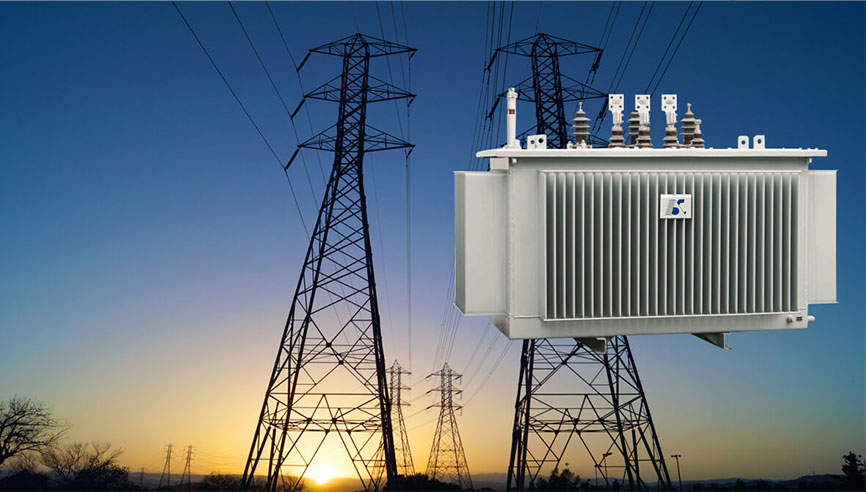Transformers play an important role in electricity distribution. They are used to step up or step down the voltage in transmission and distribution networks. Transformers for electricity increase the voltage from the generating station to a level suitable for transmission over long distances. This reduces the losses and cost of transmission. At the receiving end, they step down the voltage to a level suitable for distribution.
Transformers also helps protect electrical equipment by isolating it from voltage fluctuations. They are used to match the impedance of the generating station to that of the transmission line. This helps protect the equipment from overloads and helps ensure maximum efficiency and reliability.

Transformers are also used to isolate the load from the power source. This helps reduce the risk of shock and fire. They are used to regulate the voltage and current in the system. This helps ensure that the electricity is delivered to the right loads at the right voltage and current.
Transformers are also used to protect against surges and lightning strikes. They provide a safe path for the electric current to travel. This helps protect the equipment and people from the damage caused by these events.
Overall, transformers play a vital role in electricity distribution. They increase the efficiency, protect the equipment, and reduce the risk of shock and fire. They also help ensure that the electricity is delivered to the right loads at the right voltage and current.
